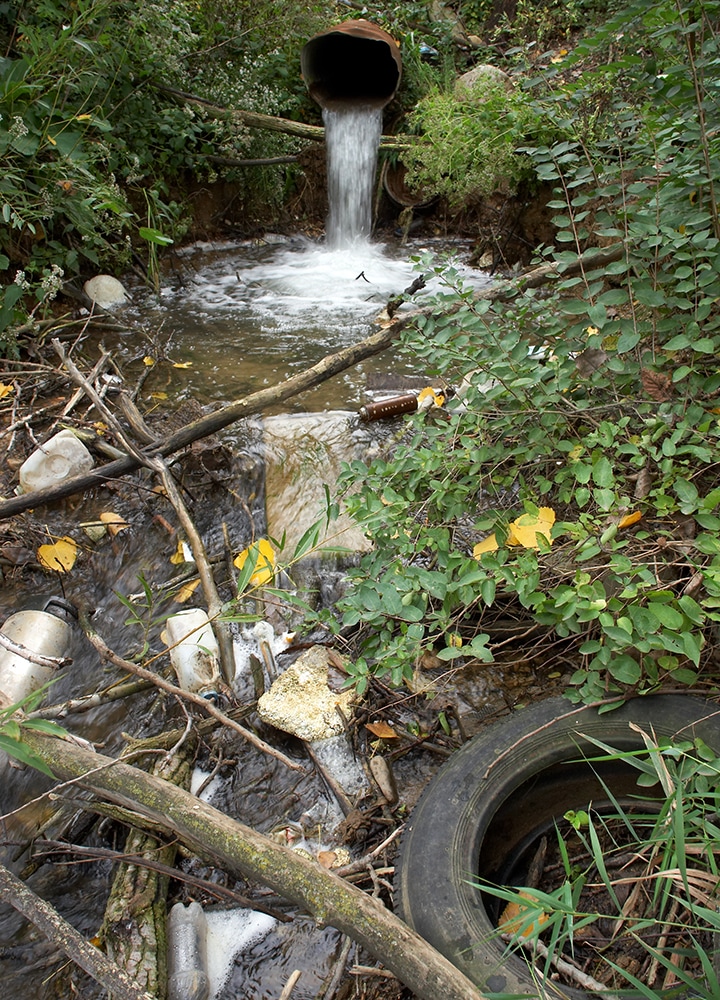Urban water quality
Illinois has abundant water resources. There are over 119,000 miles of streams; more than 91,000 freshwater lakes and ponds in Illinois; and, Illinois has jurisdiction over more than 1,500 square miles of open water in Lake Michigan.
Unfortunately, surface and groundwater resources in Illinois are being impaired and degraded. Many Illinois rivers, streams, and lakes are contaminated, which negatively impacts aquatic life. The two primary water quality concerns in Illinois are untreated urban runoff and nutrient pollution, which causes “algae blooms.”
 |
Untreated Urban RunoffUrban stormwater runoff is one of the major sources of impairment to Illinois’ lakes and streams. Impervious surfaces (such as roads, driveways, and rooftops) greatly increase the volume and velocity of stormwater runoff. This runoff also picks up oil, grease, and other pollutants from the ground surface before entering the storm sewer system. Pollutants in urban runoff include:
In most areas, this polluted stormwater, this polluted stormwater discharges directly into streams and rivers, degrading water quality. |
Algae BloomsNutrient pollution occurs when the highly soluble nitrates and phosphates commonly used in fertilizers and industry pass into water systems when it rains. Nutrient pollution causes “algae blooms,” which block sunlight (water plants die) and deplete the oxygen levels in water (kills aquatic animals). While blooms can occur at any time of year, they are primarily a concern during the months of July through September. Adverse health effects could occur when waters exhibiting a blue-green algal bloom are swallowed, come in contact with skin, or when airborne droplets containing toxins are inhaled while swimming and boating. Pets are also at risk when allowed to drink or swim in surface water containing a blue-green algae bloom. |
 |